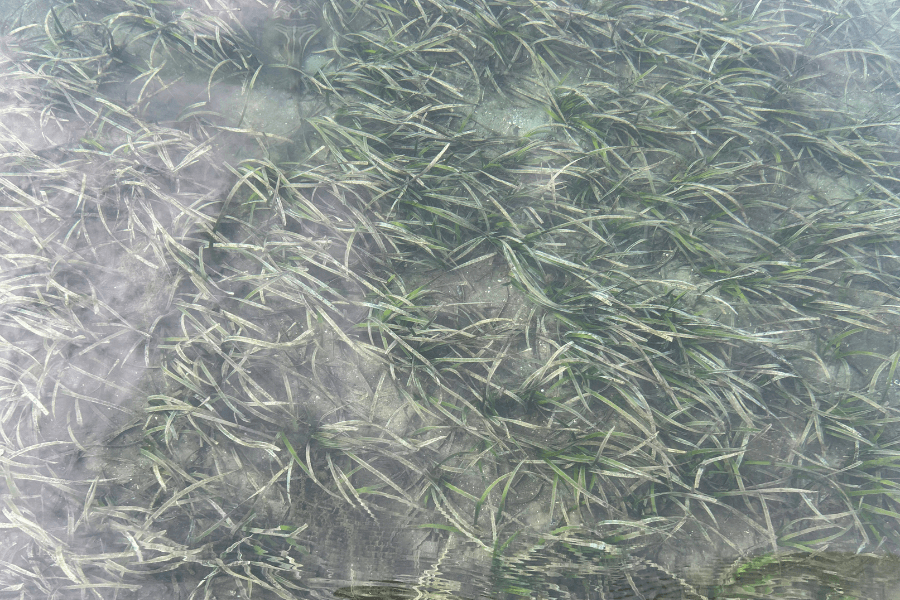
What is Posidonia australis?
Posidonia australis is a long-lived, slow-growing seagrass that forms dense meadows in sheltered estuaries and coastal lakes. As an ecosystem engineer, it helps shape the environments it inhabits – supporting marine life, stabilizing shorelines, and storing carbon.
These meadows:
Where does it grow?
Posidonia is endemic to southern Australia, stretching from Shark Bay in Western Australia around the southern coastline and up the east coast of New South Wales. In Western Australia, it grows along open coastlines, but in NSW, it’s mostly found in sheltered estuaries and bays. It currently occurs in 17 estuaries in NSW, from Wallis Lake in the north to Twofold Bay in the south.
Six locations — Port Hacking, Botany Bay, Sydney Harbour, Pittwater, Brisbane Waters, and Lake Macquarie — have experienced major losses and are now listed as endangered populations under NSW law.
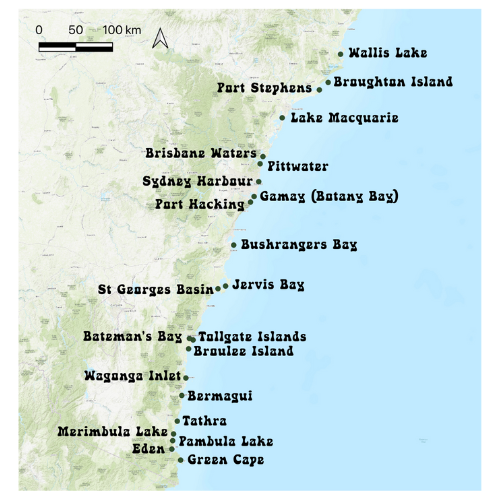
Why is it endangered?
Like many seagrasses, Posidonia has been impacted by multiple human pressures – especially in urban estuaries.
Major threats include:
- Coastal development and dredging
- Boat moorings, anchors, and propeller damage
- Poor water quality from sediment runoff
- Marine heatwaves and climate change
Natural recovery is extremely slow - it can take over 20 years for a damaged area to be recolonized naturally. This makes active restoration efforts especially important.
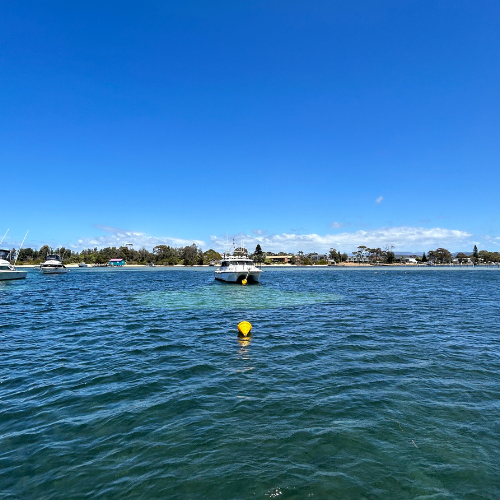
Restoration Challenges in NSW
Restoring Posidonia australis in New South Wales is both urgent and uniquely difficult.
In many parts of southern and western Australia, seed-based restoration has become a promising strategy. But in NSW, progress has been limited by two major challenges:
- Limited flowering and fruiting — Unlike WA and SA, reproductive events in NSW are rare and unpredictable, making seed collection difficult.
- Loss of donor meadows — Urban estuaries like Botany Bay, Sydney Harbour, and Lake Macquarie have lost significant areas of healthy Posidonia, leaving few meadows to source restoration material.
As a result, restoration efforts in NSW have mostly relied on naturally detached fragments, a method that is labor-intensive and constrained by what washes up on beaches. See our partners Operation Posidonia and Project Restore.
However, in 2024, our team documented flowers and viable fruits in multiple NSW estuaries — a promising step forward that may unlock the potential for seed-based restoration in this region.

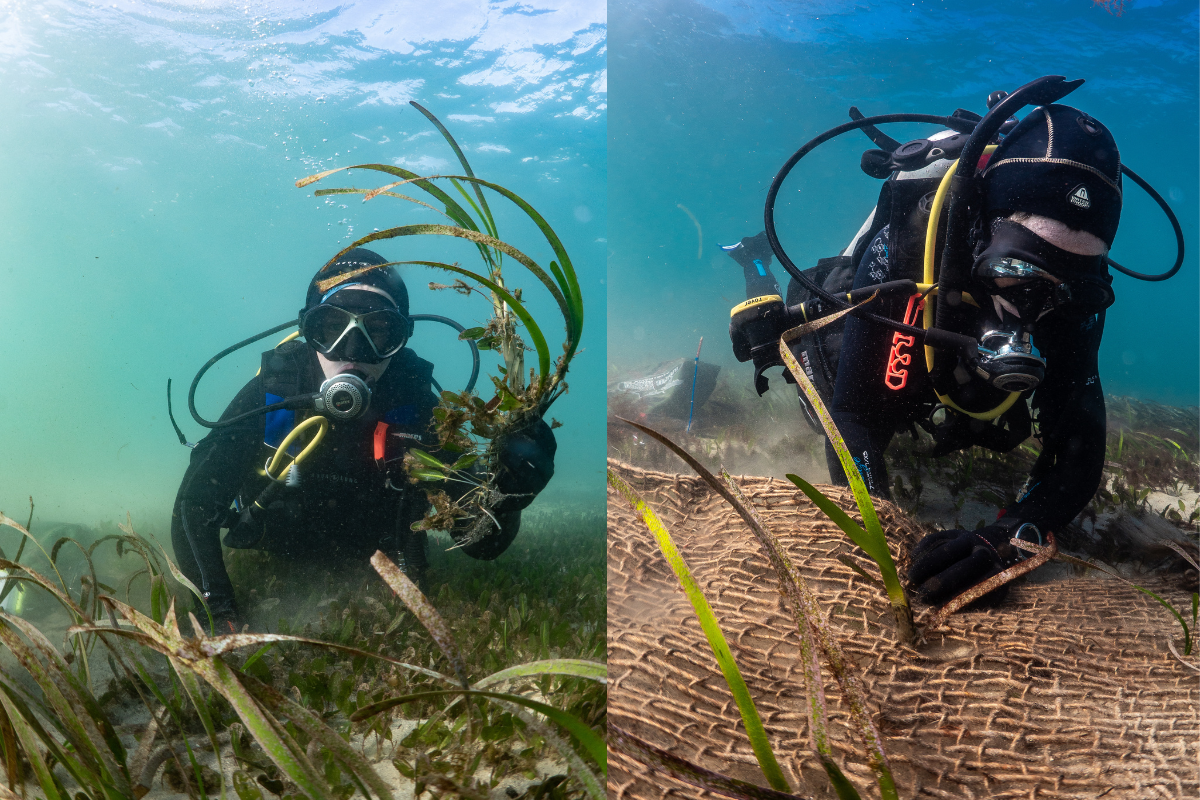
Why does flowering matter?
Posidonia reproduces both asexually (through rhizomes) and sexually (via flowering and seeds). While asexual growth helps maintain existing meadows, sexual reproduction is key for long-term recovery and the genetic diversity needed to adapt to changing conditions.
Knowing when and where flowering occurs allows us to:
- Identify opportunities for seed collection
- Track environmental triggers and flowering trends
- Build scalable, genetically diverse restoration strategies
The flowering season in NSW typically runs from August to December, though timing varies across estuaries.
Despite these patterns, we still don't know what triggers flowering. In some areas, marine heatwaves have led to spikes in flowering, and rare events like pseudovivipary (plantlets forming directly from flowers) have been observed.
Seeds of the Sea is helping fill these gaps by working with citizen scientists, Indigenous Rangers, and coastal communities to report flowering events, fruit development, and local conditions — building the knowledge we need to guide future restoration.
.png)
Your sightings can help us restore Posidonia meadows!
Want to learn how to identify flowering and fruiting stages, or find your local meadow?









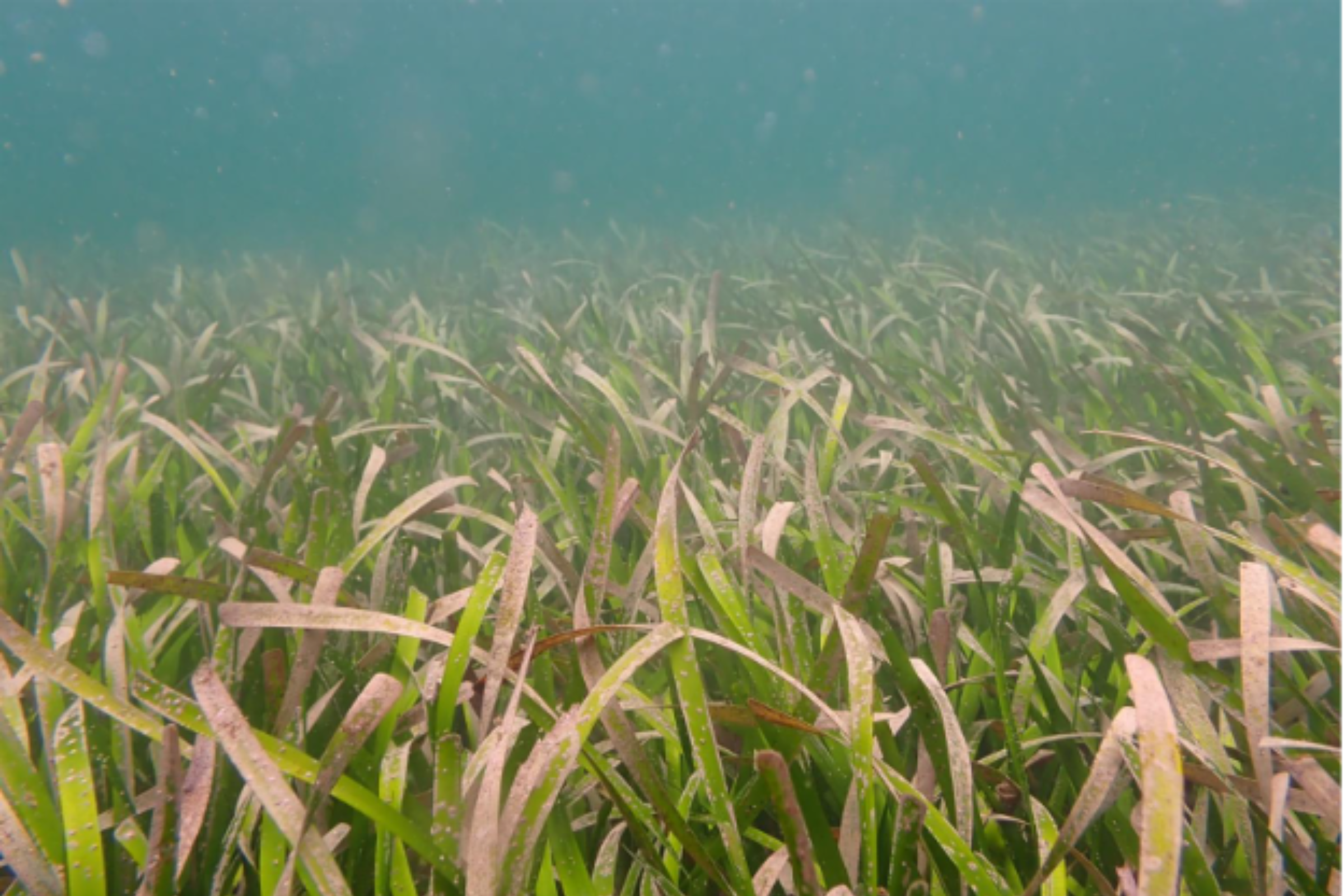




.png)
.png)
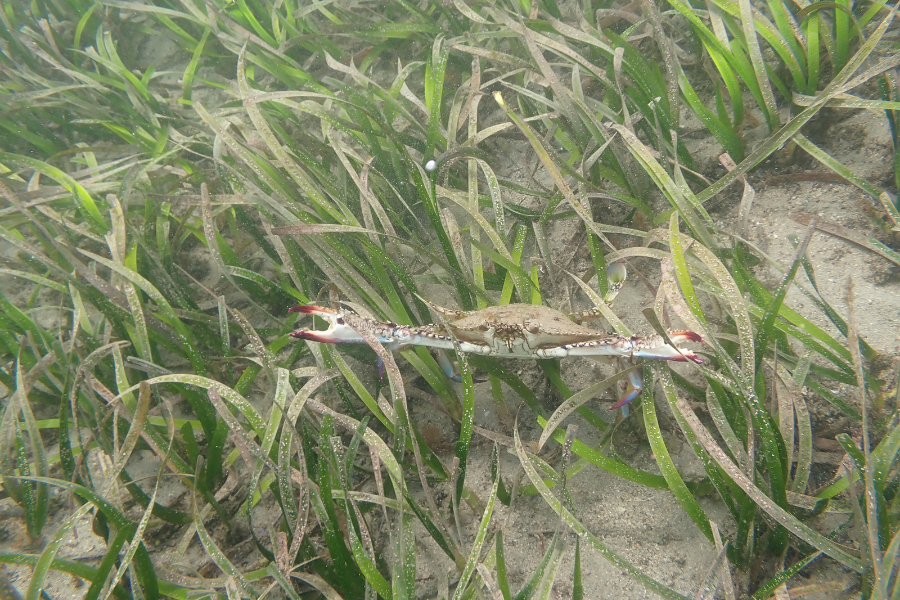

.svg)

